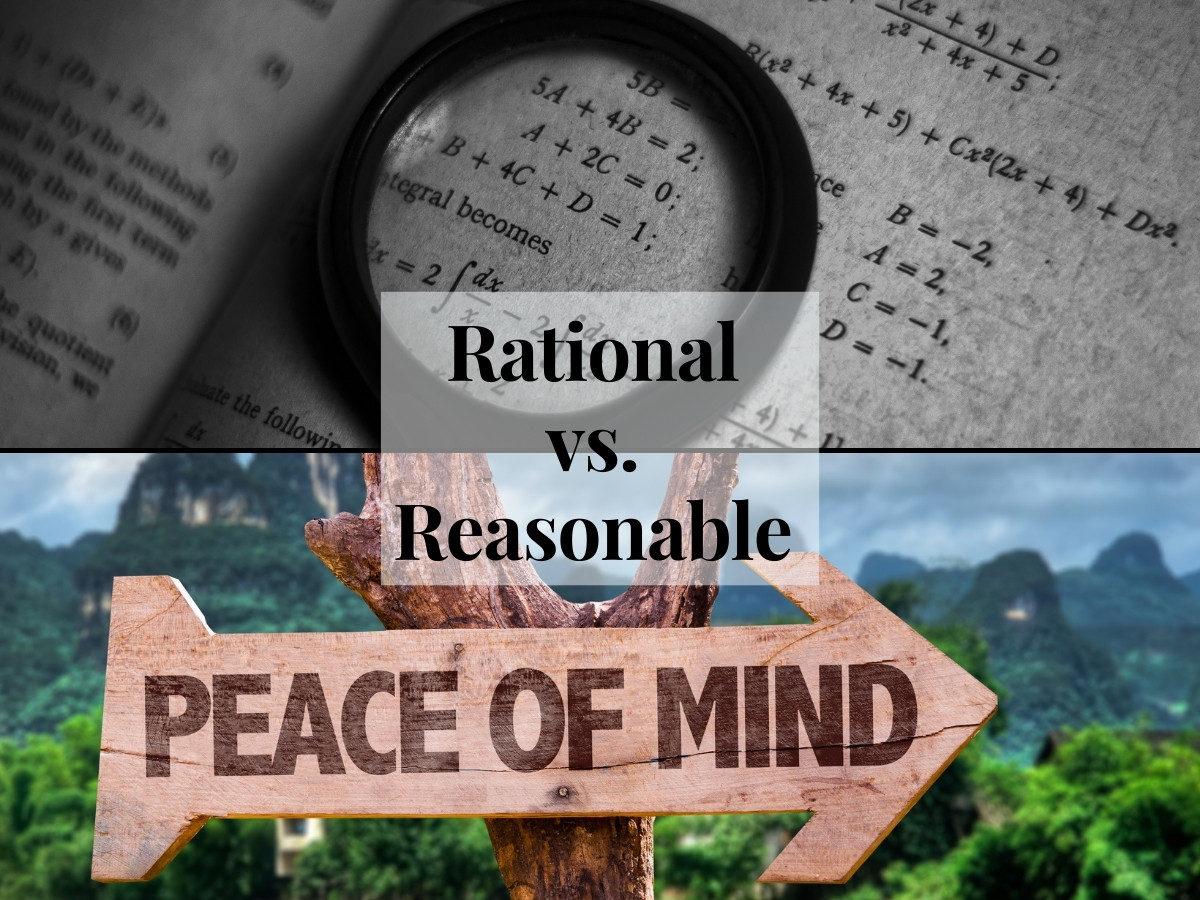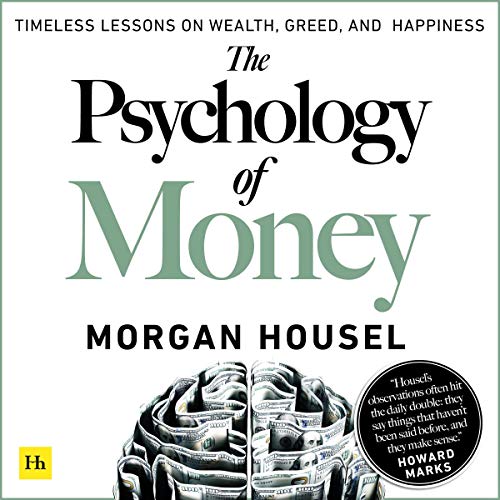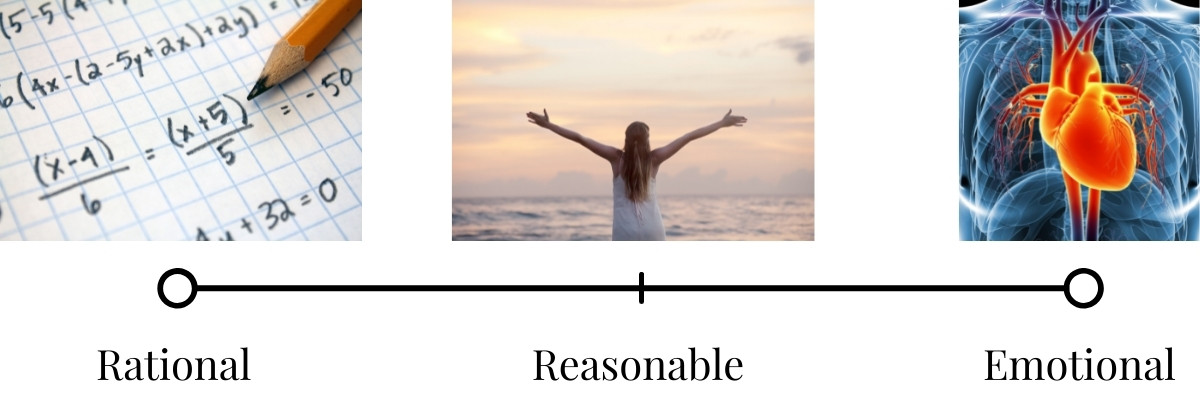BLUF: I’ve found that overcoming difficult experiences can be a source of both short term and long term happiness. You can do this intentionally by choosing to attempt physically and mentally demanding challenges. Short term it can make normal life feel more extraordinary. Long term, it can build mental toughness and provide experiences that you can reflect on with gratitude and pride.
I participated in my 4th ultramarathon trail race recently. It was 32 miles in mountainous central New York with 7,200 feet of elevation gain over the race. That’s like climbing up a small mountain over the race and going up (and down) inclines that would rival the steepest black diamond downhill skiing trails at times. There were plenty of moments where my legs ached, my stomach hurt and I mentally doubted my desire to keep going on. But go on I did, and I finished my 3rd ultramarathon in around 8.5 hours.
The experience after finishing a race like that is in some ways as unique as the event itself. After something that long and grueling you feel disgustingly dirty from the dust, sweat, water and dirt along the way. You’ve burned close to 6,000 calories so your body feels depleted and is craving food. You’re so tired that aside from eating you just want to rest and sleep.
A funny thing happens for me, though, when you go through something that difficult. Every bite of food tastes that much more flavorful and satisfying. The shower I take post race feels so refreshing and rejuvenating that I often just sit there and let the water run over me. I can’t keep my eyes open and my body is craving the feeling of that soft, glorious bed. In other words, everything feels better and I feel happier.
Often people think about making life happier by seeking out an easier, pleasure filled path with less pain. In reflecting upon this post race I wondered – can doing intentionally hard or grueling things on purpose make us happier? Could there be a path to happiness by persevering through pain? That’s an idea we’ll explore today.
Take A Spin On The Hedonic Treadmill

We all have a “base” level of happiness in our lives. The day to day happens in life and we feel some normal or average level of happiness. Studies have shown that for some reason this “base” level of happiness for people is usually around a 7 on a 1 to 10 scale. The hedonic treadmill or hedonic adaptation is the notion that after a positive or negative event things revert fairly quickly back to our base level of happiness. It’s great to adapt and revert to that baseline when something bad happens. Not so great when something good happens.

Here’s a real life example of this in action. You have a cute little starter home in a great neighborhood. Life is good and you’re happy at a base happiness of 7. But, you have big dreams. You always wanted a mansion in the hills and through hard work and luck you make it happen. Your happiness spikes to a 10 when you close on the house and move in.
A funny thing happens though. You get used to coming home to the dream home and each day you live in it it’s normalized. It’s just home to you now just as the starter home was previously. Happiness reverts to a 7 except the baseline 7 level of happiness is now living in a mansion.
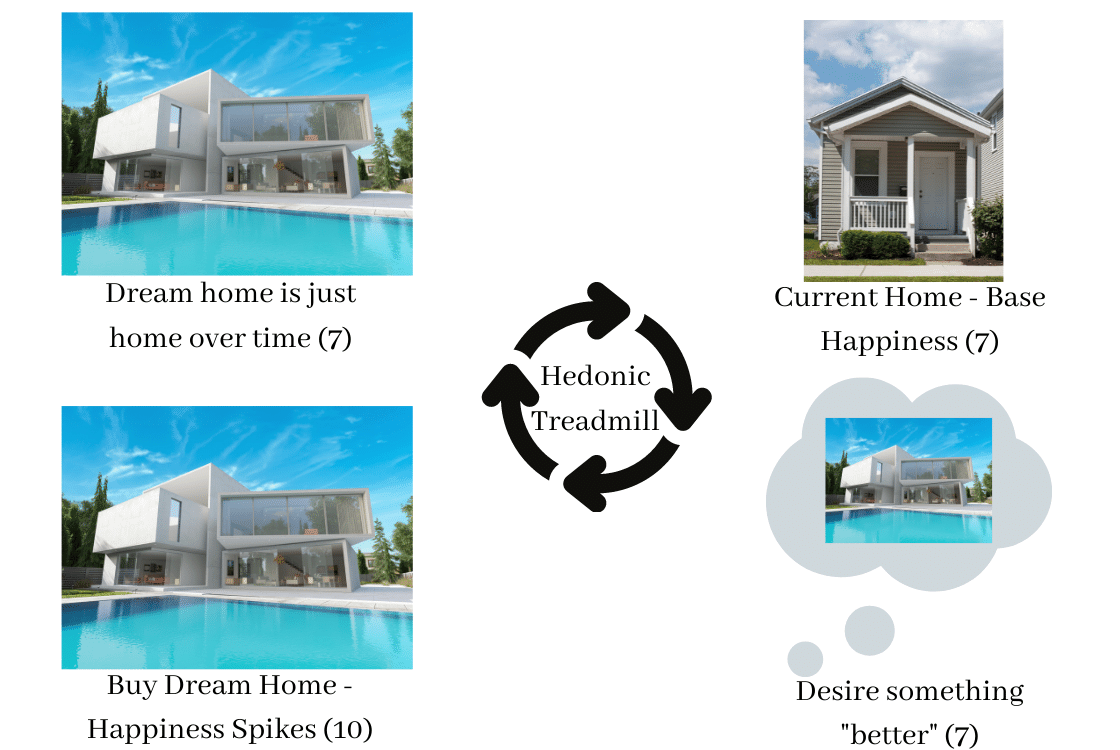
You can see how this cycle can be problematic when you’re constantly chasing happiness and expecting that level 10 to stick. When you chase after nice things to make you happy it just raises the bar for what is normal in your life making it harder and harder for something to make you feel good. It’s one of the reasons that buying stuff is all just short term spikes of happiness that then stop feeling good.
However, I’ve found that the same phenomenon seems to work in my favor when I do hard thing.
Doing Hard Things: The Hedonic Treadmill in Reverse?
I’ve noticed that for me, the process of training for and completing something really hard is like making that hedonic treadmill work for me.
My everyday life might feel like that comfortable level 7 of happiness but when I’m attempting something really hard like an ultramarathon, it’s not a 7. When I’m 25+ miles into an ultra it gets pretty rough both physically and mentally.
My feet hurt. My body aches. My stomach is usually upset. I’m likely either overheating or cold depending on the race. I’m on the pain train and there’s no getting off of it unless you quit. Oh, and boy are there times when you want to quit. It’s a mental struggle at time to just put one foot in front of the other and keep going. That 7 level of happiness is long gone and I’m in the 3-4 range if not lower.
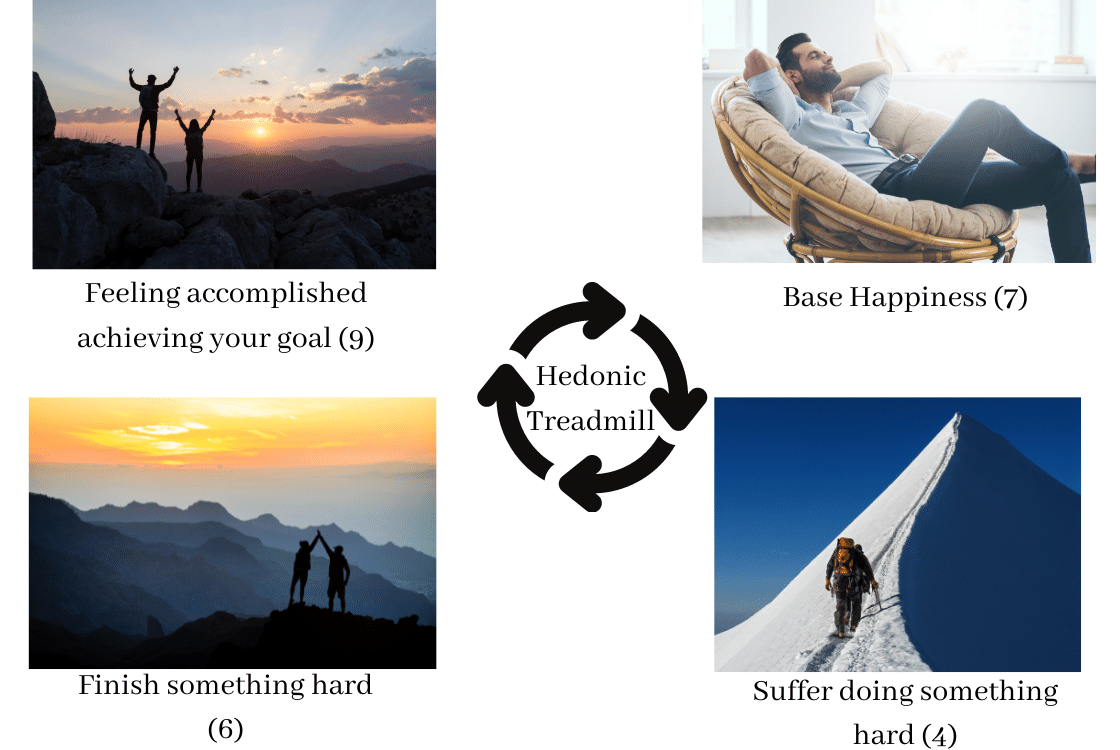
When I’m in the worst of things, the everyday life level of happiness seems like a far away dream. When I finish doing the hard thing, though, that happiness returns to 7 and then flips positive. Why? Well there are a number of reasons:
- Everything feels better by comparison – When you’ve punished your body in a number of ways, everything by comparison feels good. Every bite of food that I put into my mouth tastes flavorful. Taking a shower after being disgusting for 8+ hours feels luxurious and rejuvenating.
- Feeling of accomplishment – There’s really nothing quite like the feeling of overcoming something that is really hard or even something that you though was impossible for you. The sense of personal pride is amazing. It feel great to share your accomplishment with family and friends.
Long Term Positive Effects:
The short term positive effects of doing that hard thing are great. However, you can’t escape the hedonic treadmill and before long your body and mind will revert back to it’s baseline happiness level. Despite that, there are longer term positives to draw from that hard experience:
- Memories of the Accomplishment – As I mentioned in Happiness Dividends, our experiences pay us back long after they’re over. Looking at that finishing medal and seeing social media reminders from that race in the future will all me to draw pride and happiness from that event for years to come.
- Building Mental Toughness – You just overcame something really hard. How much easier does the hardest work day seem by comparison? When you do hard things, it’s building mental muscle that lets you handle life more easily in the future.
- Another Cookie in the Cookie Jar – David Goggins has a concept in the book Can’t Hurt Me called the cookie jar. When you overcome something hard, you have that “win” captured in your mind like putting a cookie into a cookie jar for later. Later in life, when the shit gets tough, you can reach into your mind (cookie jar) and recall that past victory (cookie) and use it as mental motivation. It’s a great way to summon mental and physical strength in the present from past victories.

Find Your Hard Thing- Incorporating Hard Things Into Your Life
You may be thinking to yourself “that’s great, but I don’t want to run an ultramarathon.” Great, don’t do it! Hard is relative. Endurance sports is where I am now on my journey of hard things but you don’t have to start there. Hard to me is anything that mentally, physically or emotionally pushes you way outside your comfort zone.
- Complete something that forces you to overcome a fear that you have: fear of failure, fear of public speaking, fear of flying, fear of heights, fear of small spaces.
- Build up to running a 5k
- High intensity short exercise – High Intensity Interval Training (HIIT) / CrossFit X days a week
- Complete an endurance race of some kind.
- Complete a 24 hour (or more) fast
- Try Skydiving
Action Steps
- Think about something hard that would put you outside of your comfort zone.
- Make a plan and do the hard thing.
- Make sure you hold yourself accountable to doing it. Sign up for a formal event if you can to ensure you have something concrete to work towards.
Like the content? Click here to subscribe to the e-mail list and have the articles delivered to your inbox.


